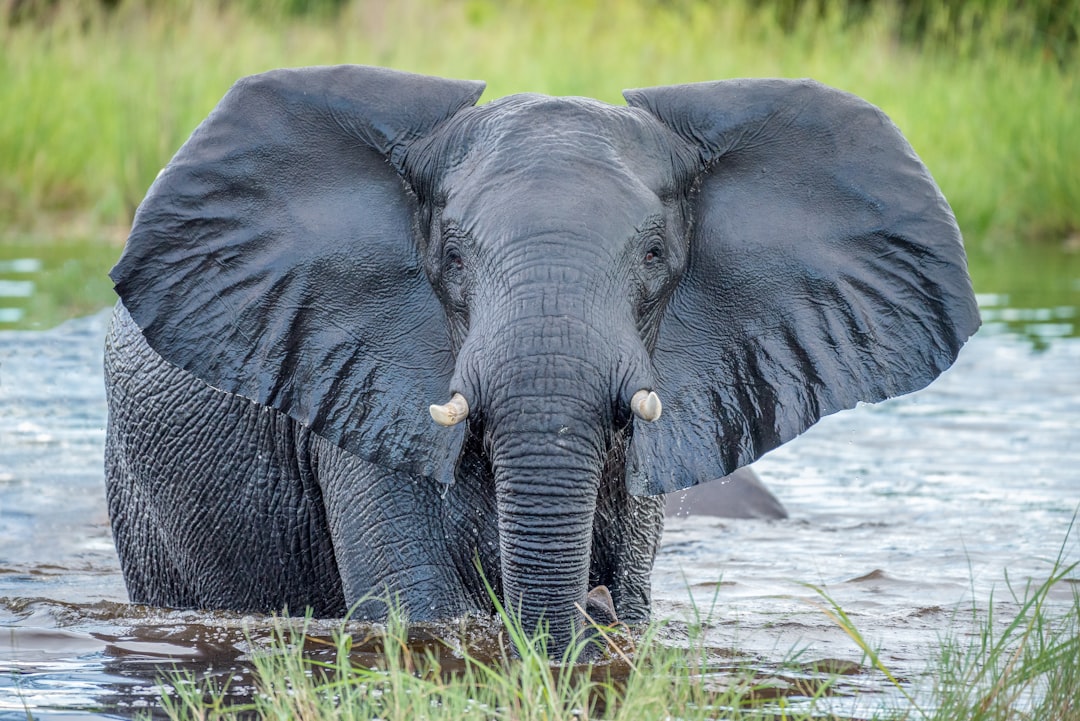Introduction
When most travelers picture Chobe National Park, they imagine herds of elephants parading across the floodplains. While Chobe is deservedly known as the “elephant capital of the world,” its riverbanks and waterways are a treasure trove for wildlife lovers and birders. The Chobe River, winding along the park’s northern edge, is a living artery that draws an astonishing diversity of species-many of which are overlooked by visitors focused solely on big game.
The Magic of the Chobe River
At dawn, the river is shrouded in mist, the air alive with the calls of African fish eagles and the haunting, flute-like whistles of the African skimmer. Baboons and monkeys stretch and yawn in the riverine trees, plotting their daily dose of mischief. As the sun rises, the riverbanks come alive: impalas graze, buffaloes wade, and crocodiles bask on sandy spits. The Chobe River’s mosaic of habitats-open water, reedbeds, and lush floodplains-creates a haven for wildlife year-round.
Birding Bonanza: Chobe’s Avian Stars
Chobe is a birdwatcher’s paradise, with over 450 species recorded. The river is the best place to spot rare and dazzling birds, from the vivid malachite kingfisher to the sought-after Pel’s fishing owl. African skimmers, with their striking black-and-white plumage and unique feeding style, glide low over the water, their lower mandibles slicing the surface in search of fish. The fish eagle’s iconic call-a wild, ringing duet-echoes across the water, a sound that defines the African wilderness.
Boat Safaris: A Unique Perspective
While game drives are classic, a boat safari on the Chobe River offers an entirely different experience. Glide silently past pods of hippos, watch elephants swim with their trunks held high like snorkels, and observe buffalo herds crossing the shallows. From the water, you can approach birds and animals without disturbing them, making for incredible photography and intimate wildlife encounters.
Hidden Mammals and Reptiles
Beyond the “big five,” the Chobe River supports a cast of lesser-known creatures. Water monitors bask on logs, otters play in the backwaters, and the elusive sitatunga antelope slips through the reeds. At dusk, the riverbanks become a stage for nocturnal life: bushbabies leap between branches, and the calls of nightjars fill the air.
Best Spots and When to Visit
The best birding and wildlife viewing is during the dry season (May to October), when animals congregate at the river. Top spots include Serondela, Kasane, and the riverfront lodges, where you can sip coffee while watching kingfishers dive and bee-eaters swoop.
Conclusion
Chobe’s elephants are legendary, but the river’s hidden wildlife and birding secrets are what make this park truly special. Whether you’re a seasoned birder or a first-time safari-goer, a journey along the Chobe River reveals a world of color, sound, and life that goes far beyond the giants.

